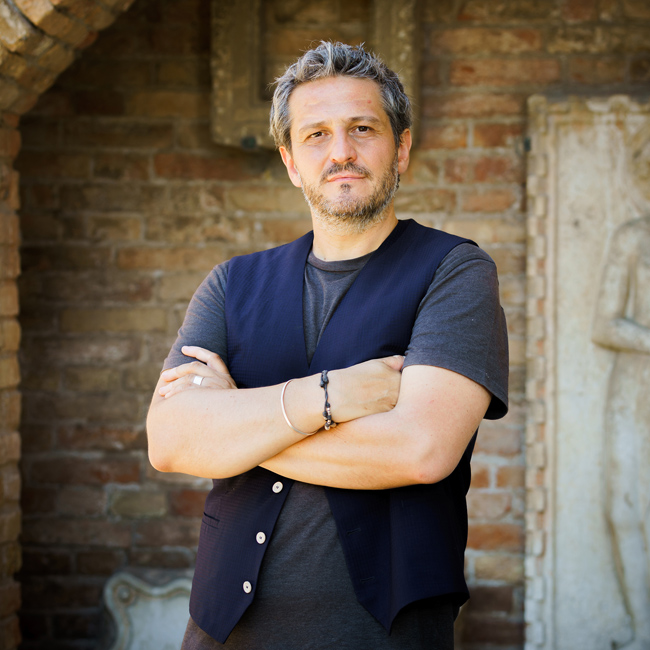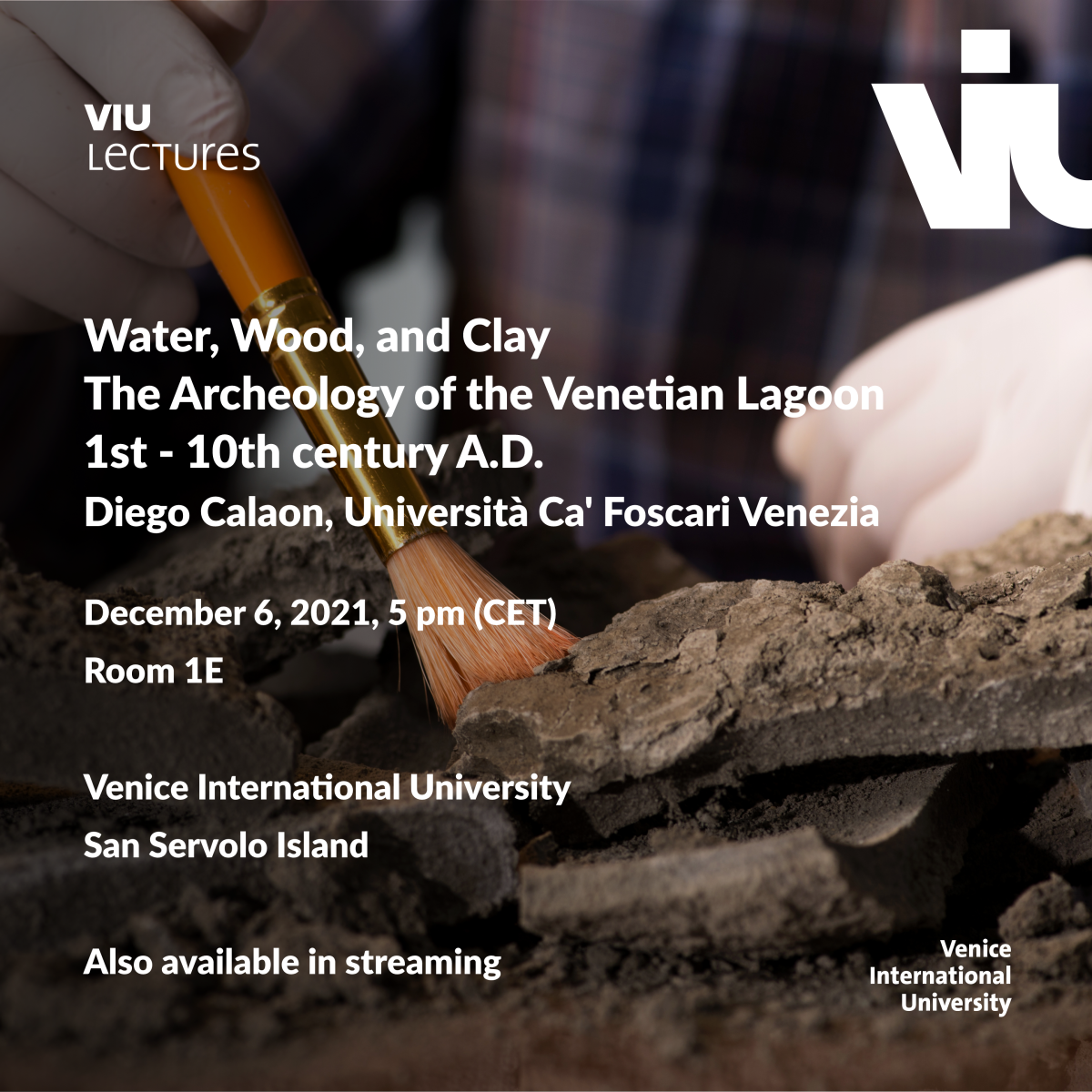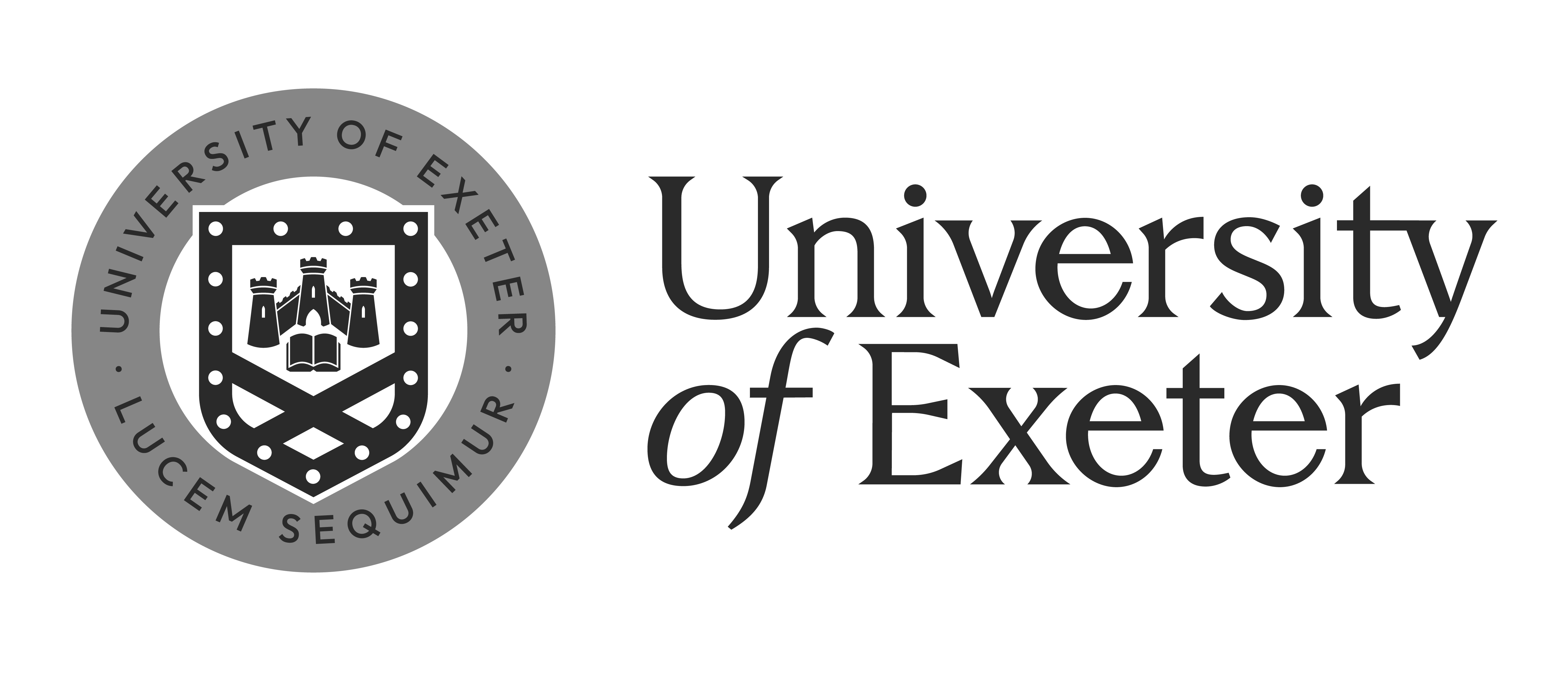Monday, December 6, 2021 - 5 pm
Room 1E
Venice International University
Diego Calaon, Researcher at Università Ca' Foscari Venezia
Registration is required to attend the event in presence. To book a seat click here
Venice suffers from its legends. Legends narrate Venice as a symbol of the end of the Roman Age. Venice represents the place where the noble Romans rescued themselves from the barbarian hordes: Venetians would have been forced to move to an unwelcoming island among the marshes to be free and safe. Venice - the legends say - became Byzantine and was able to resist the Lombard and the Carolingian wars. Venice’s freedom and prosperity would derive from its independence, its Roman origins, and its ability to be different from the uncivilized Barbarians.
Nothing could be more wrong. Venice is a quintessential consequence of the fruitful encounter between the heirs of the classical Mediterranean world and the German Northern European tradition. Venice can be explained by bringing together Carolingian, Lombard, Islamic, Post-Roman, Byzantine traditions. Furthermore, Venice can be assessed through its unique landscape: water, mud, and wood on which Venice was built.
A crucial aspect of the early medieval Venetian market system was enacted through slave control. Venice supplied the Early Islamic world with European enslaved workforces, trading them in the port of Alexandria. Further, the management of local labor forces - slaves and semi-slaves - was one of the main concerns of the early medieval aristocracy. The conquest of the Mediterranean economy was possible thanks to the control of the skilled labor forces employed in crucial activities, such as ships construction, forest management, and channels/ports improvements.
And Before Venice? Archaeology has provided data to stress how the link between humans and the environment should be the proxy to evaluate the peculiar system of infrastructure that characterizes the costal-lagoon area of Altino.
How can modern archaeology provide holistic research around a central site of medieval Europe? GIS analyses allow identifying the location of the early settlement. Comparisons with other contemporary lagoon sites permit a tentative material reconstruction of early Venice. A comprehensive environmental approach will help to define the sustainability of the sites and the reasons for their abandonment. Modeling activities will encourage the reconstructions of the settled areas and ideas about the social structure of the first Venetian communities. An anthropological and sociological reassessment of the political narratives will shed light on the interpretation of old archaeological excavated material.
Sustainability, ecology, migration, labor control: the history of Venice - but also the history of the Mediterranean in the Early Middle Age - can be rewritten taking into account a very contemporary perspective. We have been told that history helps us to understand the past and decide the future. On the contrary, I think archaeology and history are much more political artifacts than we are ready to admit. The materiality of the past, however, might be very relevant for understanding our present. Appreciating the entanglements between the archaeological remains and our contemporary ways of life, we will be more informed on the interpretation of the fast transformation of our material world.
Speaker:

Diego Calaon, researcher of Ancient Topography at Ca' Foscari University of Venice since 2018. Marie Skłodowska-Curie International Ongoing Fellow, with the joint project "Voices of Venice", at Stanford University, Department of Anthropology (USA) and at the Ca' Foscari University of Venice. Visiting Professor at Stanford University, Department of Anthropology (USA) where he taught Archaeological Methods, Monuments and Archaeology and GIS (Geographic Information Systems).
VIULectures is a series of public talks, organized by VIU to promote discussion and debate on topical issues of interest to the VIU community.






















